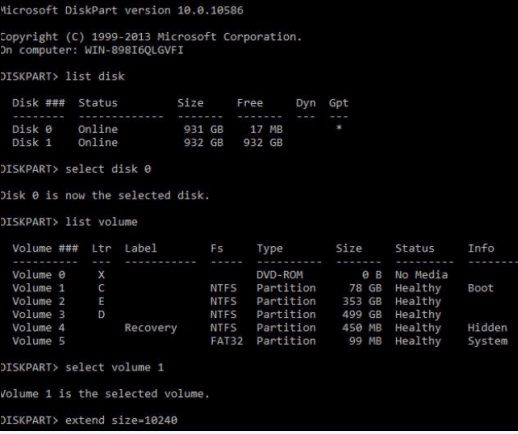

cmd.exe /K ''C:Program Files (x86)Microsoft Visual Studio2017CommunityVCAuxiliaryBuildvcvars64.bat' & powershell.exe'. Its faster to just erase/invalidate the partition, create a new partition, and MAYBE verify sectors instead of doing a real format and then verifying. From PowerShell you need to escape the quotes using the backquote. I prefer the 35 pass called Gutmann method.

MKLINK is a built in command Ive seen trip people up. Many commands in CMD.EXE are not separate executables but are wholly implemented within CMD.EXE such as dir, copy, mkdir, cd, and so forth. The only way to truly erase a disk is to have it do a 0 write pass. Another benefit of using CMD.EXE is if you want to execute a built-in command. I would hope that this utility, DiskPart, issuing its "clean" command actually does more than clear the data partition info.
Doing:start /AFFINITY 1 /B notepad.exe. Using procexp, and right click + set affinity on the notepad process, you will see that it use only processor 0.
The third element, print(.) is the Python. So, after you started your cmd with those admin right, you can start your program this way:start /AFFINITY 1 /B notepad.exe. /command-prompt-windows-10-5c1953b446e0fb0001387c77.png)
Cmd c start low code#
It's possible to recover the data with a little work, primarily on the "folders." The second element, -c is a Python tag that allows the user to write Python code as text to the command line. Format just basically wipes the file data/directory/folder content, not the data elsewhere on the drive. While I cannot guarantee this article does exactly what it claims it does (I haven't tried it, let alone heard about this way before) I can speak for the way format works now days.ĭrives come pretty much preformatted now days as to its sectors and such. 21240634 said:Am I missing something? Couldn't you just bring up a command prompt and type "format e:" - or some other drive letter?


 0 kommentar(er)
0 kommentar(er)
